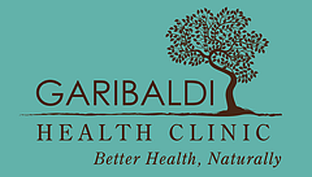Polio
Recently an elderly man came to me complaining that his muscles seemed to be losing strength and endurance well beyond what he expected in the normal process of ageing. He walked with a pronounced limp, which he said was the result of polio when he was a child.
This proved to be diagnostic, for he was suffering from an unusual condition called post-polio syndrome that doesn’t appear for 10-40 years after the original illness.
He had contracted the disease in 1951, four years before the Salk vaccine was introduced, effectively ending polio’s reign of terror as the most feared childhood scourge of its day. Parent’s lived in dread of their children being crippled for life or confined to an iron lung because polio had paralyzed the muscles that allowed them to breathe.
For someone of my generation, he opened a whole world of fear and superstition I knew nothing about. Summer was the season of polio infection, and children were given a long list of dire warnings. Flies and swimming pools were dangerous (sound advice), as were pay phones, the fuzz on peach skins, paper money and much more.
“Doesn’t this disease ever go away?” the man asked, when I’d explained his condition. The answer, unfortunately, is no. Not only does it return as post-polio syndrome, but polio itself has been making a comeback despite hopes that it could be eradicated, just as smallpox was in 1977.
By the year 2000, mass immunization had eliminated endemic polio in all but four countries: Nigeria, India, Pakistan and Afghanistan. Not coincidentally, all four are poor and have low standards of sanitation, ideal for a highly contagious virus that spreads from feces to mouth. But after 2000, 20 countries rapidly became reinfected. All but seven of those have since eliminated polio for a second time. There are two causes for these relapses.
In about seven percent of cases, Sabin oral vaccine, which contains weakened but live polio virus, infects those who take it. Salk vaccine, administered by injection, contains no live virus and doesn’t cause polio. However, at $2.70 a dose, compared with 15 cents for the oral vaccine, Salk is simply beyond the means of the poorest countries.
The second problem appeared in northern Nigeria in 2003. Rumours that the vaccine contained the AIDS virus or an antifertility drug stopped all polio immunization for a year. The disease roared back and spread to places as distant as Saudi Arabia and Indonesia.
There’s a warning here for younger people from polio-free countries who have never been vaccinated. If you are traveling where the disease is still active, be very careful about the food you eat and about personal hygiene, especially hand washing. Polio is what’s known as a silent disease, meaning that you can be infected and pass it on to others without ever being aware of it. Only one case in 200 develops symptoms of paralysis.
As long as oral vaccine is in use, polio will never be eradicated. But giving the required two shots of Salk vaccine to the 135 million infants born on Earth each year would cost about $364 million. Is that too much for the world to eliminate such a terrible disease, once and for all?
Just for perspective, the U.S. is currently spending about $9 billion a month in Iraq.
©Dr. Ashely Gordon, 2008.

